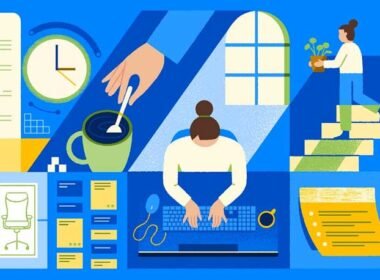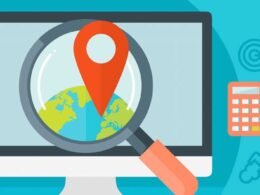In a world increasingly shaped by digital interactions, product visualization has evolved into a strategic powerhouse in B2B sales, far surpassing its original function as a design tool. When used effectively, product visualization can shorten sales cycles, reduce miscommunication, and help buyers make faster, more confident purchasing decisions. It’s not just about looking good — it’s about selling smart.
The Rise of the Visual Buyer
Modern B2B buyers are different from those of even a decade ago. They are more autonomous, digital-first, and research-driven. According to Gartner, 77% of B2B buyers state that their latest purchase was very complex or difficult. When faced with long product catalogs, technical specifications, and competing solutions, these buyers crave clarity. Visual content cuts through the noise.
Product visualization fills this gap by offering immersive, interactive experiences that bridge the divide between data and decision-making. Whether it’s a 3D rendering, an augmented reality (AR) experience, or an interactive product configurator, visualization transforms static information into dynamic engagement.
Beyond the Brochure: Why Visualization Sells
Traditional brochures, PDFs, or static images fail to communicate the true scope and value of complex B2B products. Product visualization, on the other hand, allows buyers to explore and manipulate a product — rotate it, disassemble it, customize it — without waiting for a live demo or physical prototype. This hands-on experience creates a stronger emotional and intellectual connection with the product.
Take industrial equipment or customized machinery, for example. A well-rendered 3D model lets engineers and procurement officers inspect the product’s intricacies before purchase. They can view how a part fits into a larger system, understand tolerances, and even simulate use cases — all without setting foot on a factory floor. This translates to fewer misunderstandings, fewer returns, and a much smoother sales process.
Visualization as a Sales Enablement Tool
For sales teams, product visualization acts as a bridge between technical expertise and persuasive storytelling. Instead of explaining complex specs or guiding a client through a dense product catalog, a salesperson can launch an AR demo or a 3D configurator that does the heavy lifting. Visual tools support remote and hybrid sales strategies and serve as powerful assets in pitches, trade shows, or virtual meetings.
Interactive visualization tools also generate data. Sales teams can track which features a buyer interacted with most, how long they spent on each module, and which configurations they saved. This behavior-driven insight enables highly personalized follow-ups and smarter lead qualification — turning visuals into actionable intelligence.
Customization and Confidence
In B2B, the sale often hinges on customization. No two clients want the exact same solution. Product visualization empowers buyers to tailor solutions in real-time. For instance, a furniture manufacturer selling to corporate offices can use a 3D configurator to let facility managers choose colors, materials, dimensions, and add-ons. Not only does this reduce the back-and-forth between sales and engineering, but it also gives buyers a sense of ownership early in the process — and that builds confidence.
Buyers who customize their product are 80% more likely to convert, according to studies from Deloitte and Salesforce. Why? Because visualization makes the intangible tangible. Buyers aren’t guessing what the final result might look like — they’re seeing it, interacting with it, and tweaking it to fit their needs perfectly.
Driving Efficiency in Procurement and Production
Product visualization doesn’t just help sell — it streamlines internal processes too. When product specs are visually represented and customer selections are digitally captured, that data flows directly into procurement systems, manufacturing lines, and logistics workflows. This reduces manual entry errors, accelerates timelines, and ensures that what’s produced is exactly what the client requested.
For example, a company selling HVAC systems can allow engineers to configure their unit online, download a CAD file, and instantly send it to production — all powered by integrated visualization tools. The ripple effect is massive: fewer design revisions, shorter lead times, and reduced operational costs.
AR, VR, and the Future of B2B Engagement
The next frontier of product visualization is immersive technology. Augmented and virtual reality tools are gaining traction as they enable life-sized, real-world interaction with digital products. Imagine standing in an empty server room and, with a smartphone or headset, seeing a full server rack in place — rotating it, viewing airflow paths, or simulating its maintenance. These are not gimmicks; they’re game-changers. The influence of augmented reality in ecommerce is already proving how immersive visuals improve engagement and reduce uncertainty — a principle B2B is rapidly adopting.
As AR and VR become more affordable and accessible, their role in B2B selling will grow. From training and onboarding to pre-sales demos and post-sales support, visualization will underpin every touchpoint of the buyer journey.
Conclusion
In B2B sales, where products are often complex, high-value, and tailored to niche needs, product visualization is far more than a flashy feature — it’s a strategic asset. It reduces ambiguity, boosts buyer confidence, enables personalization, and accelerates sales cycles. Businesses that embrace visualization not only communicate better but sell smarter.










